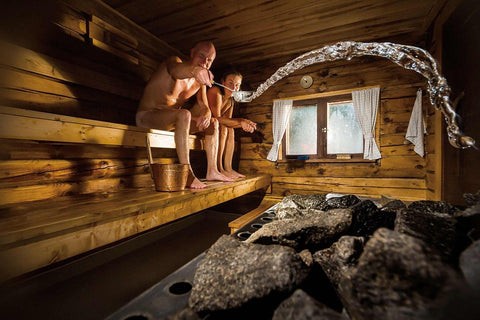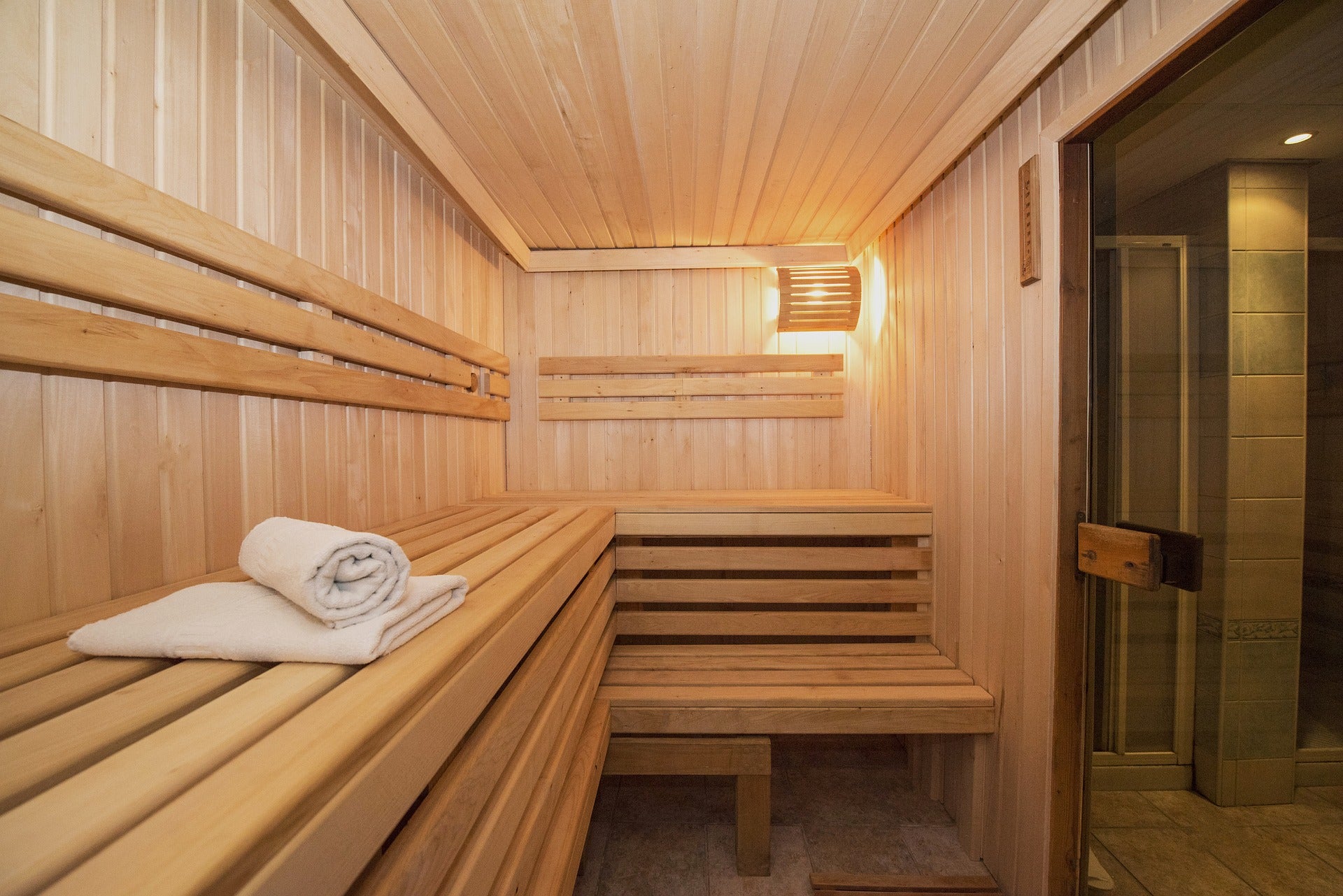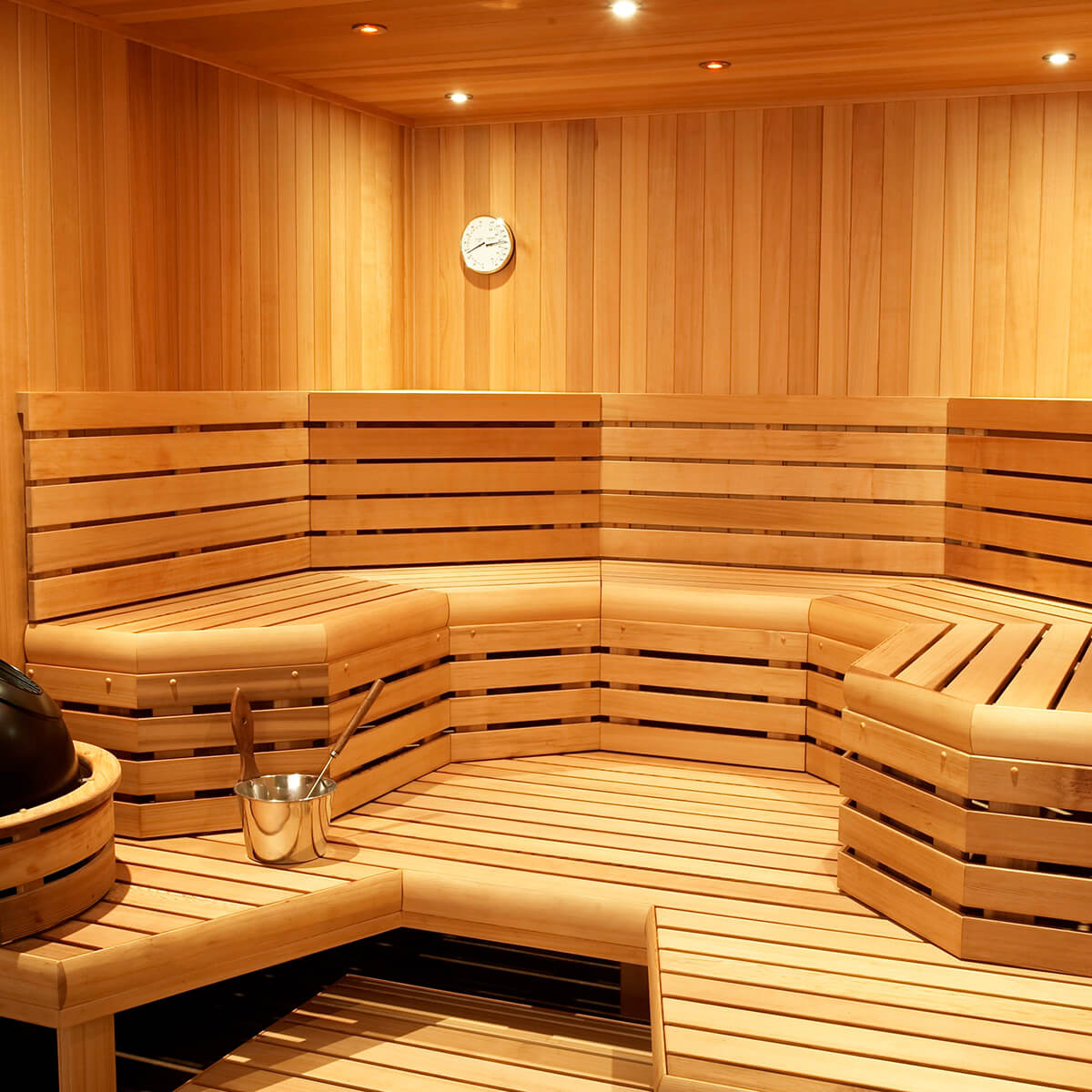Some Known Details About Traditional Sauna
Some Known Details About Traditional Sauna
Blog Article
The smart Trick of Traditional Sauna That Nobody is Discussing
Table of ContentsGet This Report about Traditional SaunaExamine This Report on Traditional SaunaThe 6-Second Trick For Traditional SaunaSome Ideas on Traditional Sauna You Need To KnowThe Traditional Sauna Ideas
A lot of the weight shed in a sauna is water loss and is re-gained upon rehydrating. Without a doubt sauna can be a vital part of a healthy weight loss program. To look at the distinctions between traditional and IR saunas, I will certainly divide these into proven, theoretical, and made distinctions.Hence, the best point in the saunawhich goes to the ceiling directly over the sauna heateris usually between 185 and 190 F. Claims that a typical sauna goes beyond 200 F is just not true and not applicable for electrical saunas offered in the United States. The temperature for a far-infrared sauna is typically established in between 120 and 140 F; however, unlike the traditional sauna, the goal in and IR space is not to achieve a heat.
Since of this, the temperature level distinction is almost pointless, considering that profuse sweating leads to both sauna kinds, however the method of warming the body is different. In an IR sauna the bather will certainly really feel hot and will certainly sweat a lot, yet at much reduced temperature levels (Traditional Sauna). Therefore, if the goal is to spend longer time periods in the sauna, the IR sauna is a great selection
When a conventional sauna has actually been appropriately warmed, the sauna walls are warm, the air temperature has actually achieved set temperature level and the rocks are very heated. As a fascinating side note, the warmed wall surfaces and the rocks are discharging far-infrared heat, incorporated with the heated air, to produce an "covering heat".
Some Known Questions About Traditional Sauna.

When the heat is achieved, the components cycle on and off to keep the high temperature level. Many traditional sauna customers delight in pouring water over the rocks to produce vapor to elevate sauna humidity levels. The advantages of putting water over the rocks consist of: making the area extra comfy, moistening the nasal flows, and enabling the use of aromatherapy by mixing crucial oils with the water.

When the power goes into the body, it causes the body temperature to boost and eventually results in sweating. In an infrared sauna it is necessary for the emitters/heaters to stay on almost frequently. Given that there is no mass of rocks to retain warm, the sauna will cool down if the emitters turned off.
As discussed above, the sauna bather in an infrared area wants to position himself before operating emitters to get maximum gain from the heat. The home heating time for the two areas can be extremely different, relying on how the spaces are made use of. For a standard sauna, a bather ought to enable 30-40 mins for the area to achieve a wanted temperature and to effectively pre-heat site here the rocks.
The Buzz on Traditional Sauna
A well built sauna will normally achieve a temperature level of 150-160 F in regarding 30-40 minutes. For hotter temperatures, the space may need to warm for a longer duration. As soon as the space achieves set temperature, the heating system will certainly cycle on and off, usually running about 50% of the time. The insulated walls and the heated rocks will keep the room hot and at steady temperatures.

Traditional saunas often tend to be bigger (thus use even more electricity) than infrared saunas, although typical saunas are definitely offered in one and two person sizes. For a two-person traditional sauna, 5x6 or 5x7 size is most preferred. The leading bench can pleasantly seat 2 or three people and is additionally enough directory time to relax throughout the sauna session.
Some Known Incorrect Statements About Traditional Sauna
The ordinary price per kWH of power in the U.S. is approximately $0.11, so a 4.5 kW heating unit will cost roughly $.50 to run for one hour, if the heating unit runs continually for one hour. Usually a sauna heating unit will certainly compete 75% of the initial hour and 50% of succeeding hours on given that the elements cycle once the established temperature is achieved.

There is a hardly ever reviewed distinction in the social experience in between the 2 areas. While our culture has actually shed several of the social advantage of the traditional sauna experience, it can be extremely socially rewarding (Traditional Sauna). From family members time in the sauna, to heart-felt conversations with significant others, to sauna partiesthe standard sauna experience can lead to intimate interacting socially
Traditional Sauna - Questions
Many greater end infrared areas include colored light therapy, audio systems and full-glass fronts.
Report this page